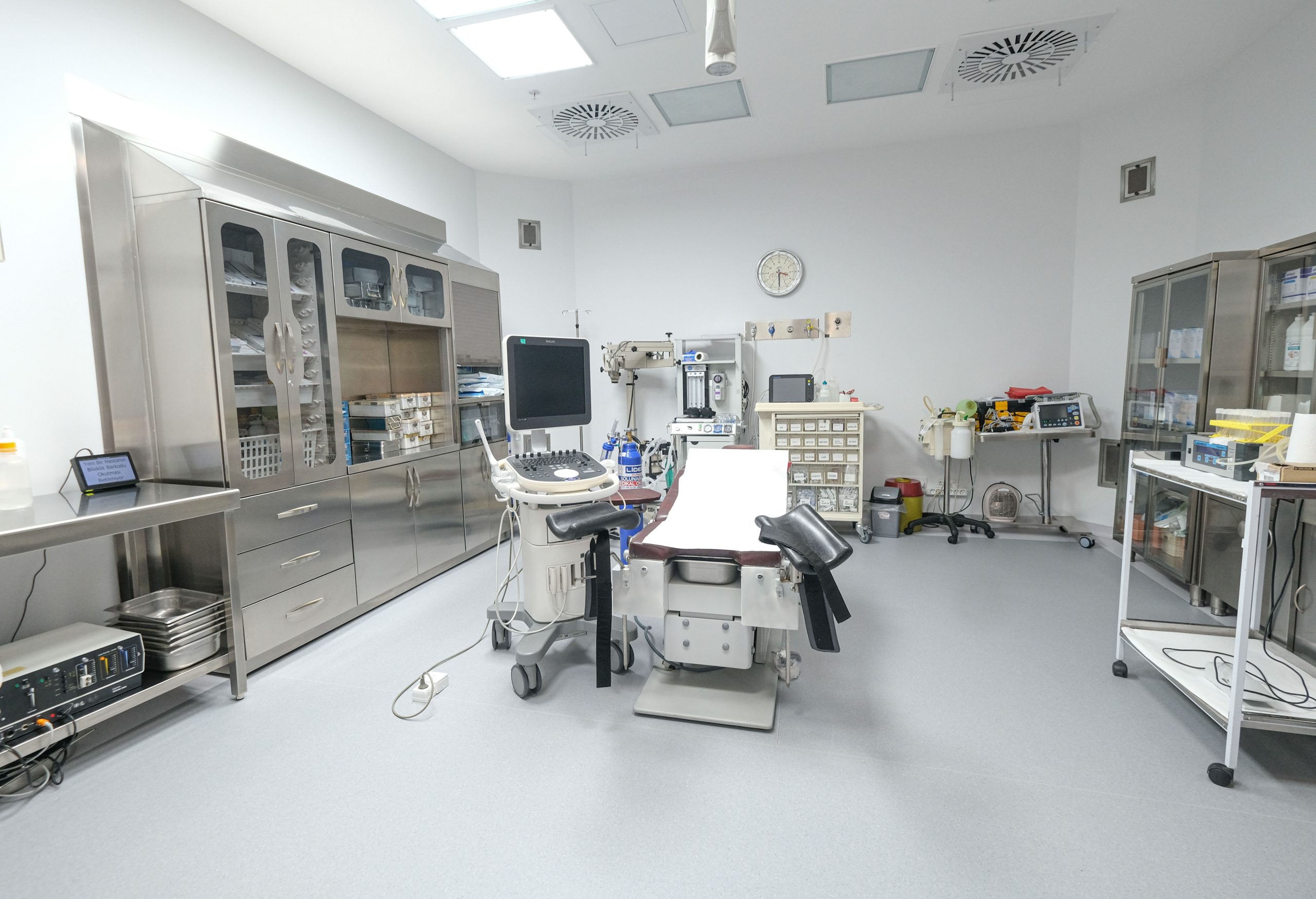Hysteroscopy A Method for Recognising and Treating the Uterus
Hysteroscopy is a minimally invasive surgical procedure used to view the inside of the uterus and perform certain medical procedures. This procedure is performed using a thin, flexible device called a hysteroscope. The hysteroscope is inserted through the cervix into the uterus and the tip, which contains a camera, allows both visualisation and treatment of the uterus.
Why is hysteroscopy performed?
Hysteroscopy is used in the diagnosis and treatment of various conditions:
-
Evaluation of Intrauterine Anomalies: For the diagnosis and treatment of structural abnormalities such as polyps, fibroids, septum, T uterus, Y uterus.
-
Investigation of Irregular Bleeding: To determine the causes of abnormal bleeding.
-
İnfertilit: To investigate the causes of infertility.
-
Removal of Intrauterine Foreign Bodies: In the treatment of conditions such as spiral, pregnancy residues remaining in the uterus.
-
Opening of intrauterine adhesions: In cases such as Asherman's syndrome.
How is hysteroscopy performed?
-
Preparation Phase: Hysteroscopy is usually performed under light sedation. For intrauterine examination, the cervix is passed through the uterus. There is no need to dilate the cervix for diagnostic procedures.
-
Intrauterine Examination: The hysteroscope is inserted into the uterus and the structures inside are examined in detail. With the help of a monitor, the images are displayed on the screen in real time.
-
Therapeutic Procedures: Depending on the abnormalities seen, treatment procedures can be performed. For example, formations such as polyps or fibroids can be removed, adhesions can be opened.
-
Completion of the Process: After the procedure is terminated, the patient is rested for 1-2 hours depending on the condition of the patient and discharged on the same day.
Advantages and Risks
The advantages of hysteroscopy include its minimal invasiveness, short recovery time and favourable effects on fertility. However, as with any surgical procedure, hysteroscopy can have certain risks. The risk of infection and rare complications such as perforation of the uterus should be considered.
Result
Hysteroscopy is a reliable and effective method for examining and treating the inside of the uterus. It plays an important role in the diagnosis and treatment of intrauterine problems and offers solutions to many women's health problems. It is the gold standard in the diagnosis and treatment of intrauterine problems in recurrent pregnancy losses and IVF failures. However, the gynaecologist should decide whether it is suitable for each patient. This article provides general information about the hysteroscopy procedure. Since every case is different, a qualified health professional should be consulted before deciding on treatment.



